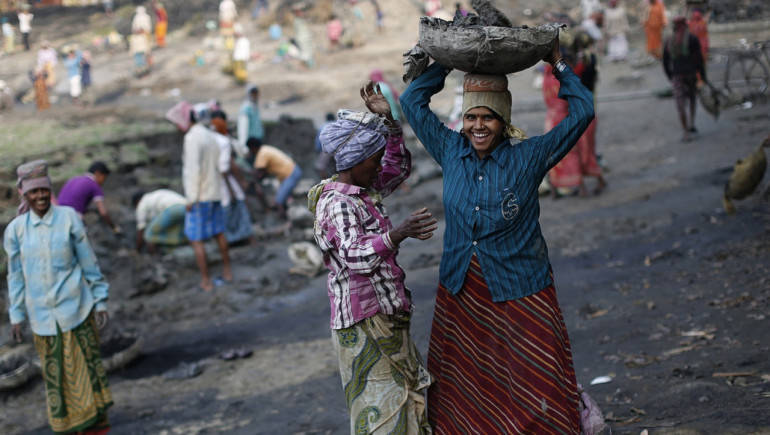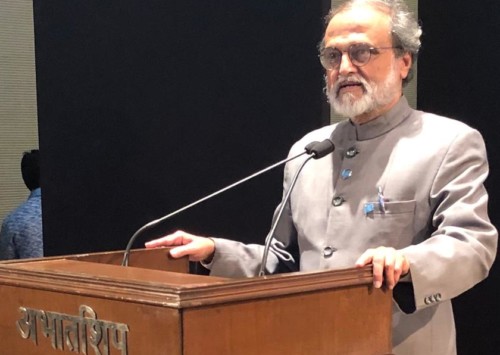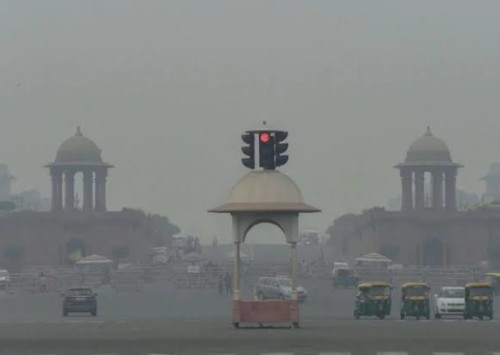HDI 2019: India continues to trawl the bottom
The extent of gender inequality prevailing in India was highlighted in the Gender Development Index, where India ranked lowly at 122 out of 162 countries, showing that the discriminatory attitude was widespread in the country with severe inequalities in three main areas – reproductive health, empowerment and economic activity.
The annual Human Development Index (HDI) report published by United Nations Development Programme (UNDP) showed that India continued to trawl the bottom in overall development, ranking a poor 129th out of a total of 189 countries, barely one rank above the last year. According to the report, Beyond Income, Beyond Averages, Beyond Today: Inequalities in Human Development in the 21st Century though the number of multidimensionally poor people in India fell by more than 271 million between 2005-2015, India still remains home to 364 million poor people, which is 28 pc of the world’s poor people.
The HDI is the measure of average achievement of a country in three basic dimensions of human development namely, life expectancy, education and per capita income. This year, Norway, Switzerland and Ireland occupied the top three positions respectively.
The report noted that the group-based inequalities persist which specifically affect women and girls and no place in the world has gender equality. In the Gender Inequality Index (GII), India has secured the 122nd position among 162 countries while its neighbouring countries China (39), Sri Lanka (86), Bhutan (99) and Myanmar (106) fared better. The report forecast that no one in the world is on track to achieve gender equality by 2030 as per the UN’s sustainable development goals (SDGs) and it will take nearly 202 years to close the existing gender gap in economic opportunities which is one of the three indicators of GII.
Situation in India
The HDI report complimented India for managing to lift a record number of people out of poverty in the period 2005-2015. Shoko Noda, UNDP India Representative has said, “The steady progress was due to nearly three decades of rapid development, which had seen a dramatic reduction in absolute poverty, along with gains in life expectancy, education and access to health care.”
However, the UNDP report added that concerns remained about the country, especially its rising inequalities. Despite progress in human development indicators, the persistence of horizontal inequalities and dynamics has restricted the complete development. The report presented three specific reasons for the inequalities.
The first was the underperformance of the scheduled castes (SC), scheduled tribes (ST) and other backward classes (OBC) in education attainment and access to digital technologies. “These groups have suffered from stigma and exclusion for centuries. Modern India has tried to constitutionally redress the disparities through affirmative action, positive discrimination and reservation policies for these groups,” stated the report.
The nature of inequalities has also changed with time. The old inequalities were based on access to health services and education while the poverty in present generation is based on technology, education and climate. And India seems to have both types of poverty as on one hand it continues to face the lack of basic healthcare and education facilities while on the other hand, it is becoming poor based on the new criteria.
“Recognising the real face of inequality is a first step; what happens next is a choice that each leader must make,” UNDP administrator, Achim Steiner, was quoted as saying in a statement.
“Inequality is about the unequal distribution of wealth and power which is bringing people onto the streets today, and will do so in the future unless something changes,” he added.
According to the GII, in India only 39 pc of adult women have attained at least a secondary level of education compared to 63.5 pc of their male counterparts. It also mentions that the female participation in the labour market is 23.6 pc compared to the 78.65 pc for men. Also the GNI for females in year 2018 was INR 2,625 while for males it was INR 10,712.
Shoko Noda has assured that the union government’s various schemes on financial inclusion and universal health care could be helpful for India in achieving SDGs if implemented correctly. “India is, of course, pivotal to the world’s achievement of the Sustainable Development Goals (SDGs) by 2030. To achieve the SDGs, we must recognise existing inequality and continuously eliminate the structural factors that create inequality. UNDP stands ready to support India to devise its own solutions to provide all its people — now and in the future — with a fair and dignified lot in life, powered by technology, shielded from prejudice and protected from an increasingly unforgiving climate,” she wrote in an article titled Inequality and its discontents.













